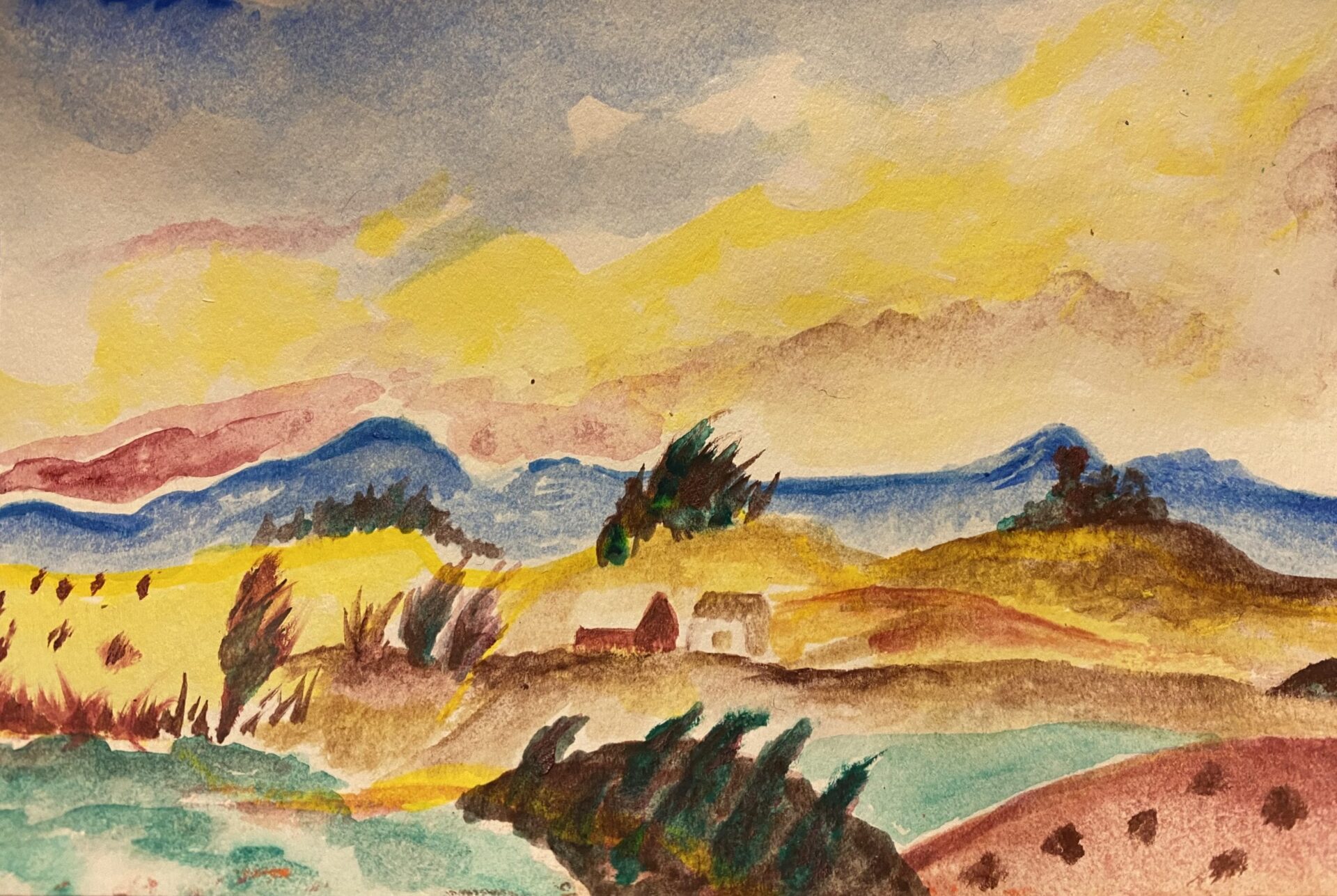
Today, we are going to discuss what people gain from shared creations and how this builds on the benefits of individual creativity. Although both generate positive experiences in many ways, the benefits of collaborative creation and individual creation differ on levels that are interesting to explore.
Creativity takes root in many aspects of an individual. It is a sum of experience, personal tastes, and talent. A person’s background and access to resources impact individual artistic expression, too. Through art, one can experience joy, release, and pride—or simple entertainment. It can be a moment of quiet meditation, a communion with oneself. Being creative encourages thoughts and emotions to be extracted from the foggy waters of the imagination and to take real shape.
Although creativity comes from the inside and is unique to the individual, it is also a fantastic sharing tool. As creation is the act of expressing oneself, we tend to mostly consider art an individual activity first and foremost. But it would be a mistake to overlook the capacity art has to unite people.
 Learning a new skill or practicing a skill together is also a great way to mitigate social isolation. There is a bonding material in the act of trying and failing, of discovering new techniques together. It brings down the walls of shyness and connects people through productive activity. We can see in schools that creative activities produce great context for social interaction for children who haven’t yet mastered social rules and need support to create this connection. It is especially obvious with children. But, lately, the trend of team bonding through creative activities is booming. It has quickly become clear that setting an environment for creation helps people to connect and share more easily.
Learning a new skill or practicing a skill together is also a great way to mitigate social isolation. There is a bonding material in the act of trying and failing, of discovering new techniques together. It brings down the walls of shyness and connects people through productive activity. We can see in schools that creative activities produce great context for social interaction for children who haven’t yet mastered social rules and need support to create this connection. It is especially obvious with children. But, lately, the trend of team bonding through creative activities is booming. It has quickly become clear that setting an environment for creation helps people to connect and share more easily.
Creativity builds social connection through a wordless form of expression. Sometimes addressing a person verbally is too direct. Through the vector of art, people can connect on a different level, often without words, but through emotions. It is especially true for people who have a hard time communicating, whether they are socially impaired or have trouble sharing for any reason. Through the shared creation of art, people gain the ability to reach and be reached by others. Being part of a group can help them develop both personally and socially. Groups are also amazing creativity breeders. When one participant becomes energized by the activity, they can in turn energize the group; it’s a virtuous cycle. Interactivity can help overcome emotional blockage by sharing in a positive environment.
 Art also has the ability to facilitate positive communication. The reason is that the judgement is set not on the person but on the creation—and it’s usually positive. When the art itself becomes the focus, sharing becomes less intimidating. Additionally, those who struggle to be part of a group can find a new motivation in being part of a larger project where they can contribute without being at the forefront. Exposing oneself to artistic critique also opens the door for praise of the quality of the work or the effort put into a project.
Art also has the ability to facilitate positive communication. The reason is that the judgement is set not on the person but on the creation—and it’s usually positive. When the art itself becomes the focus, sharing becomes less intimidating. Additionally, those who struggle to be part of a group can find a new motivation in being part of a larger project where they can contribute without being at the forefront. Exposing oneself to artistic critique also opens the door for praise of the quality of the work or the effort put into a project.
Although group involvement can enhance creativity, it does have the potential to inhibit it as well. As a very personal act, creative expression, when shared with others, can expose our vulnerabilities. When we create, we may subject intimate parts of ourselves to the judgment. Whether it’s an art piece, a new project, or simply an idea, exposing ourselves to critique can be daunting. However, creating with others and receiving criticism does help us to grow and to create even more.
In order to avoid the pitfalls of group activity, creativity must be expressed, first and foremost, in a space of freedom and safety for the participants. Ideally, a neutral figure, such as a teacher, will take responsibility for implementing creative activities as well as provide the necessary guidance and encouragement for individual participants. The leader must ensure that the activity is set in a positive and respectful environment and that each person can interact freely. This type of thoughtful setting is important in cultivating a positive experience for the group. Even in the best of settings, there may remain some individuals who reach their greatest creative potential in a more independent environment, away from outside stimulation. For those creatives, allowing independent time to create at their own pace, with encouragement to share when they’re ready, can yield positive results
There is much to gain through shared creation as well as through individual creation. Whether alone or as part of a group, creative activity is a great way to express oneself and to grow. Taking care to facilitate creative interactions in a safe and constructive environment is how you ensure that either scenario really pays off.

